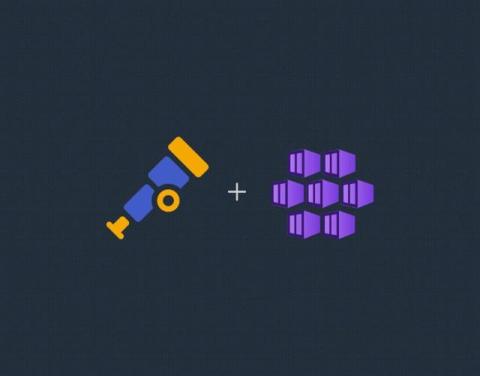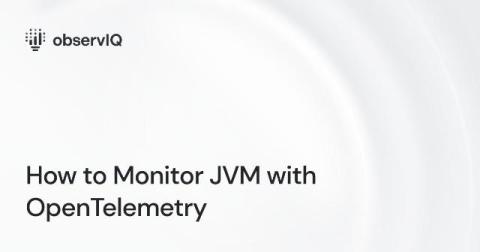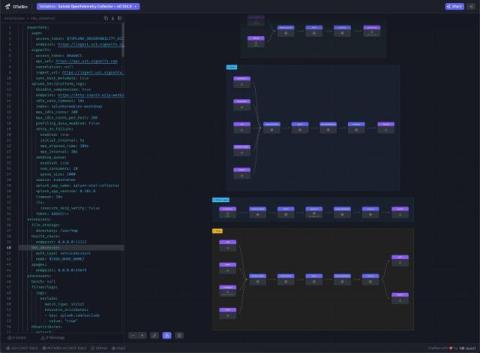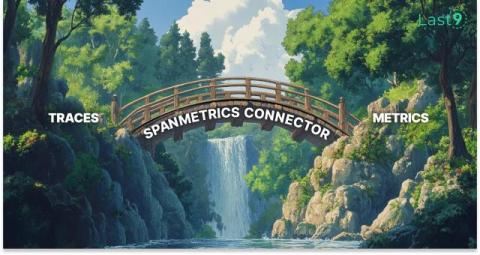Deploying the OpenTelemetry Collector to AKS
While investigating some issues users raised around the OpenTelemetry Collector running in AKS, I found a few nuances that are worth noting. In this article, I'll go over some changes you have to implement in your values.yaml to make it work for you.











